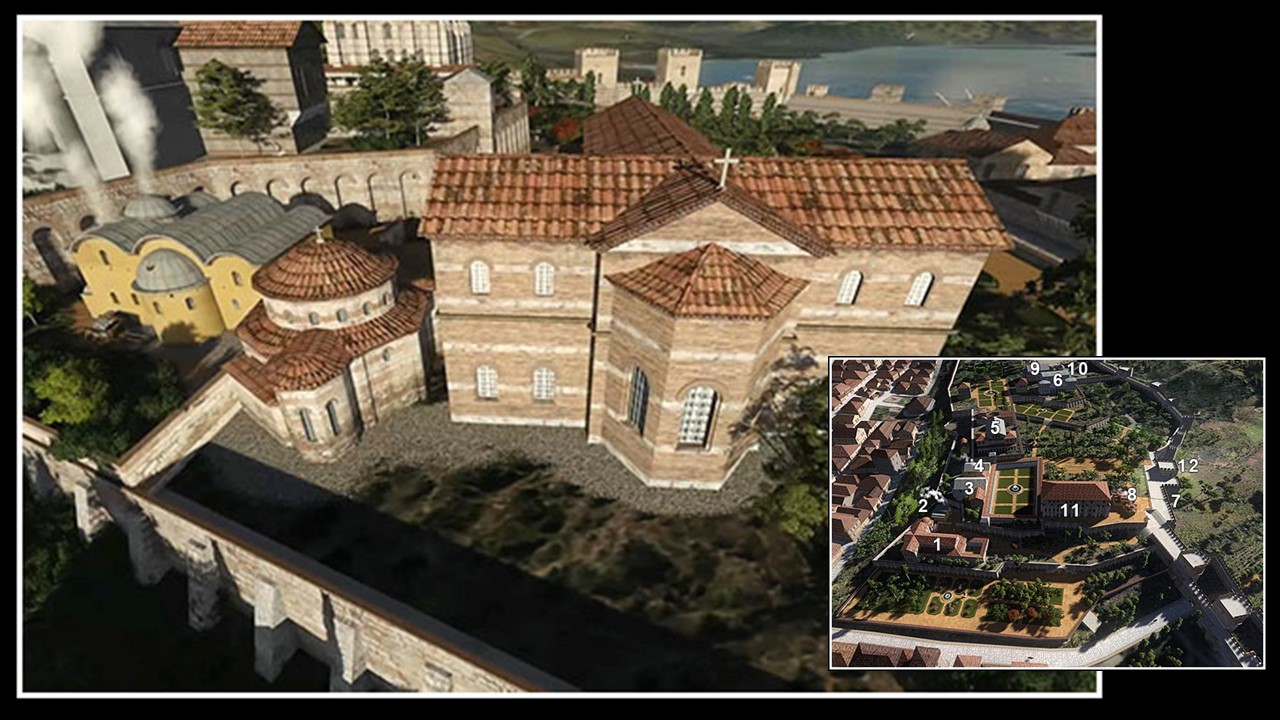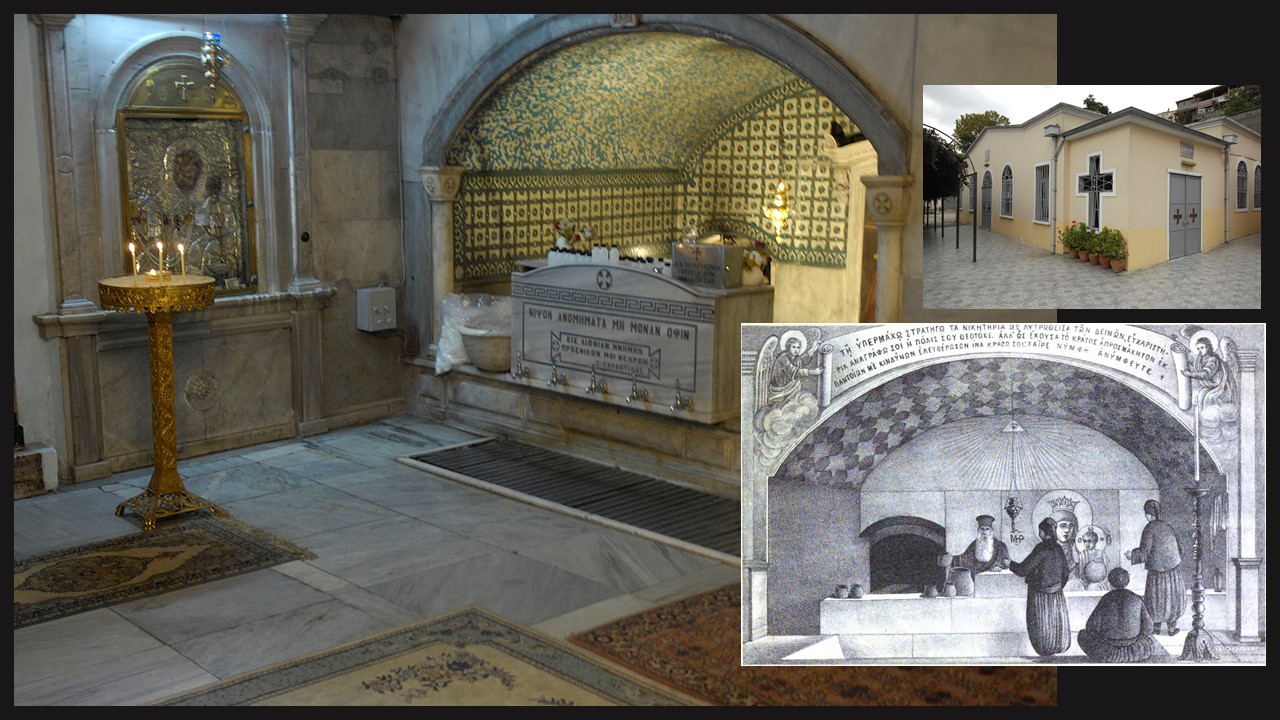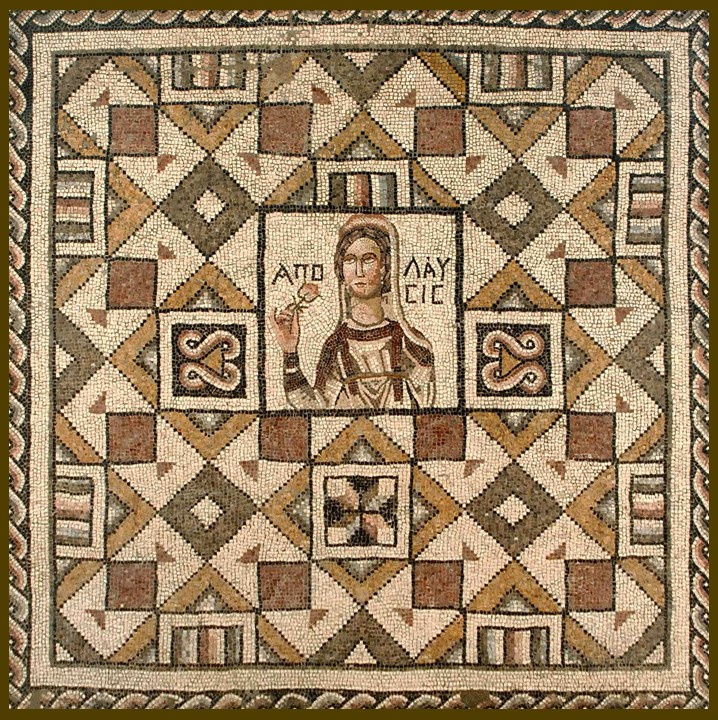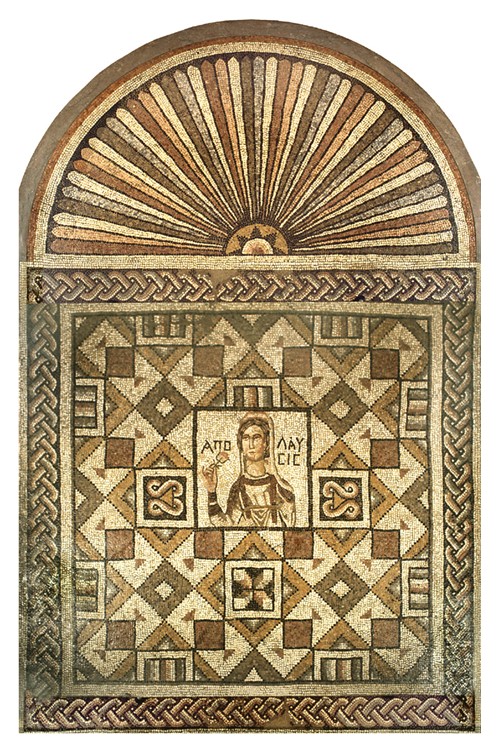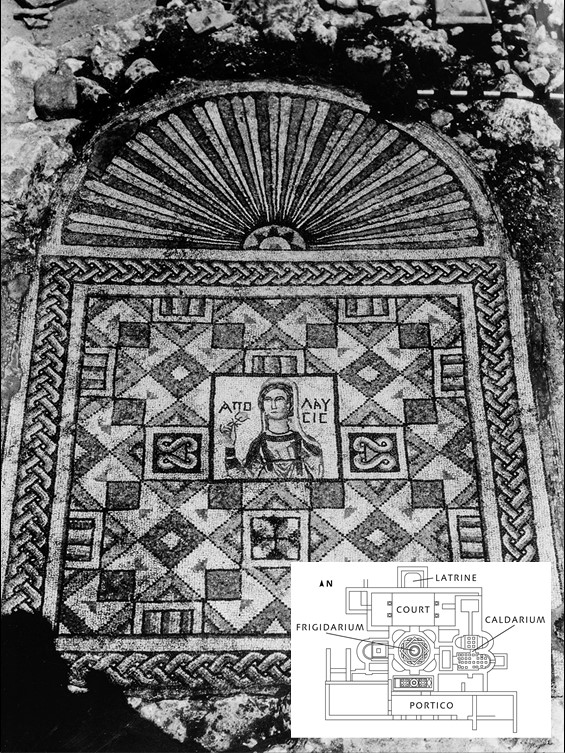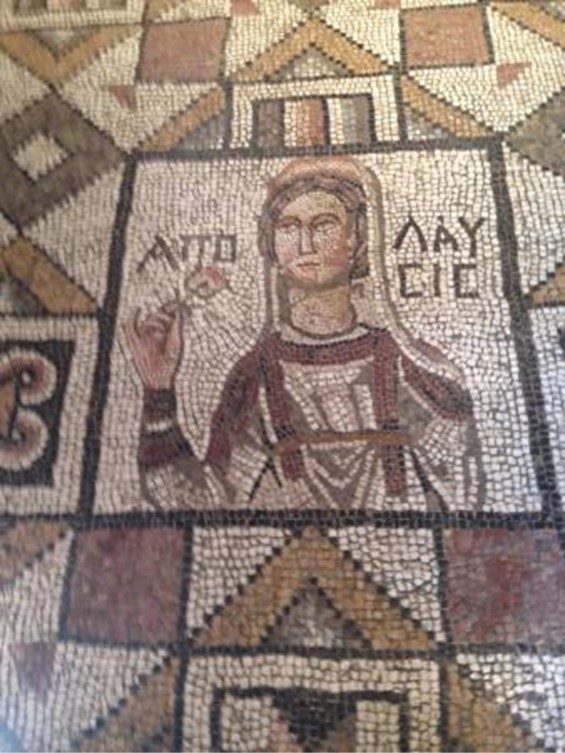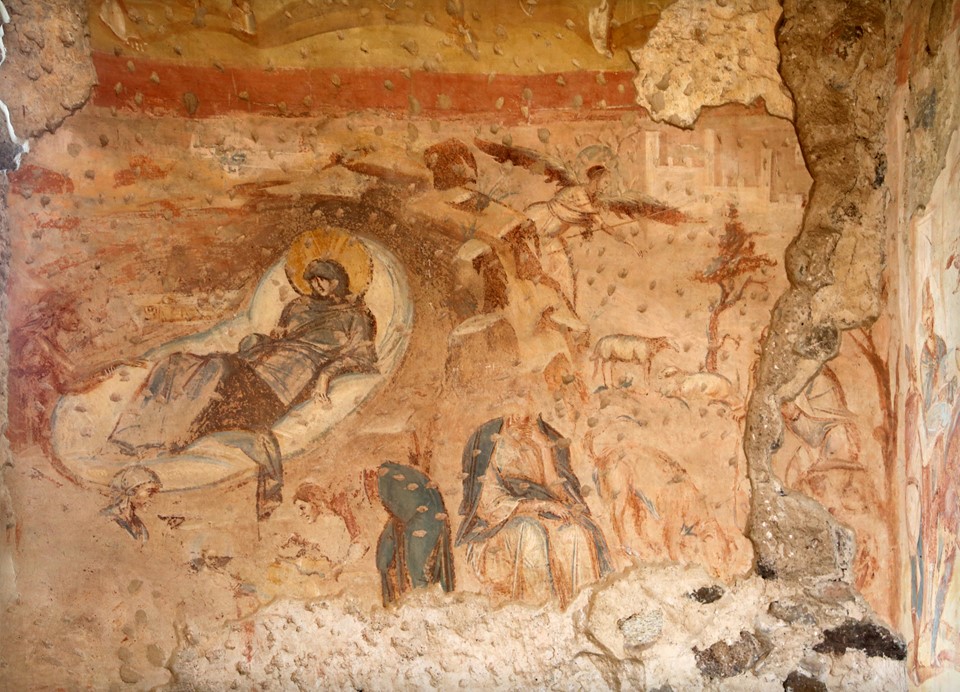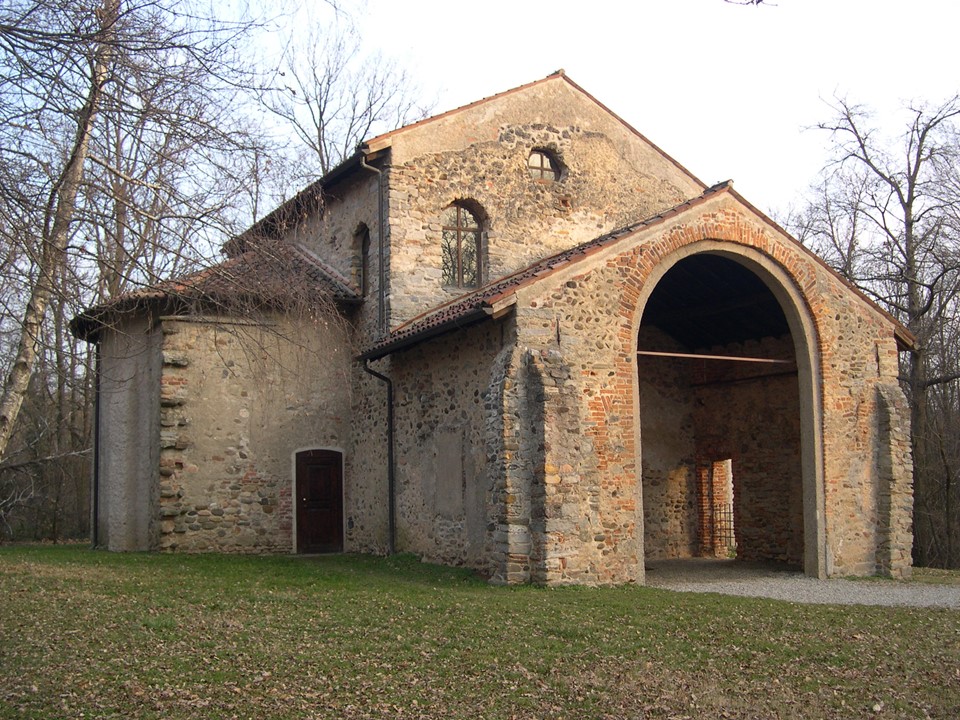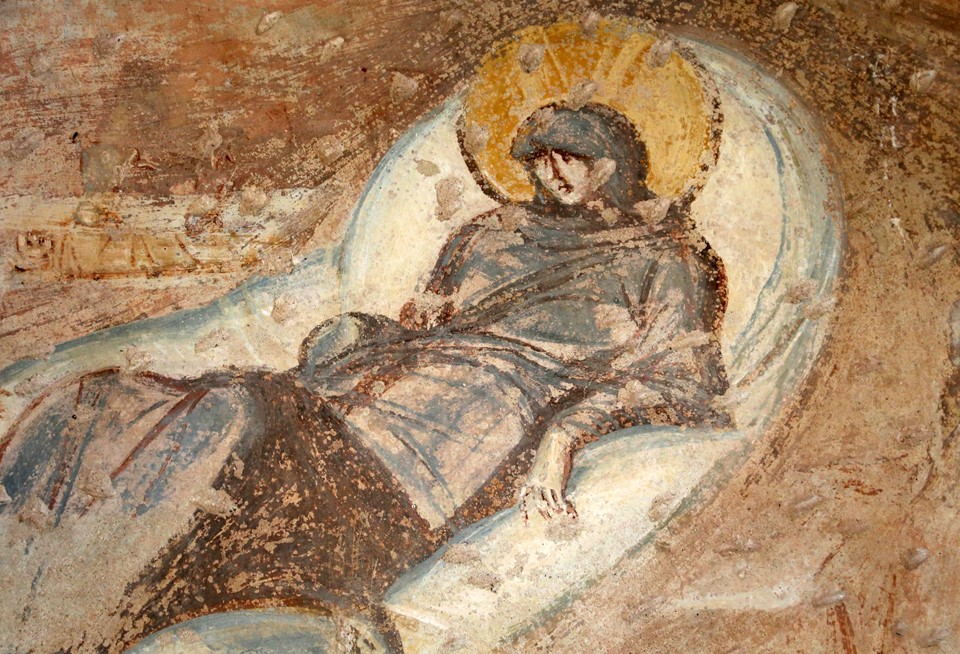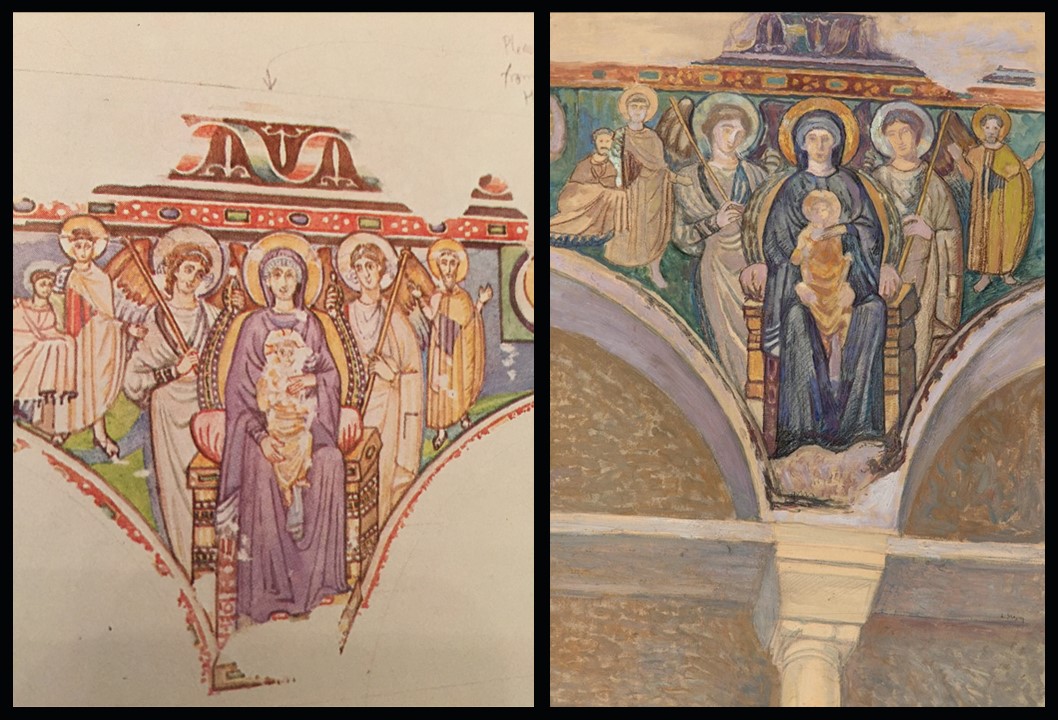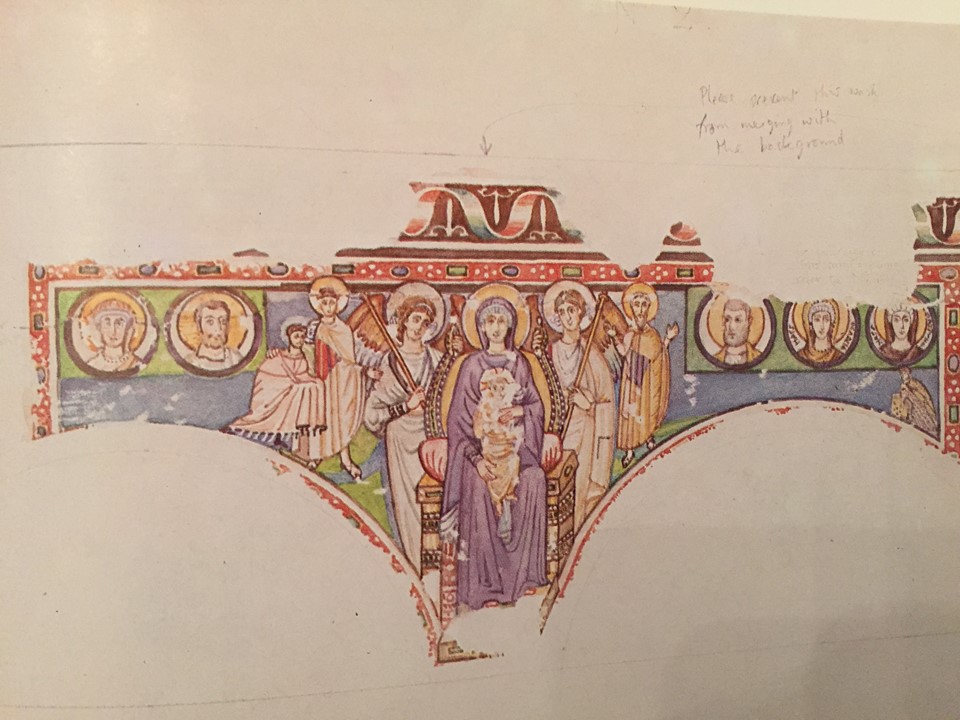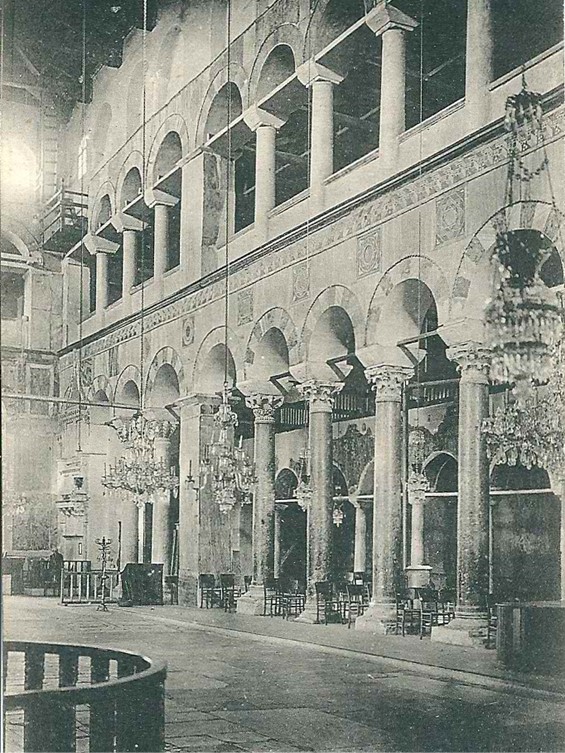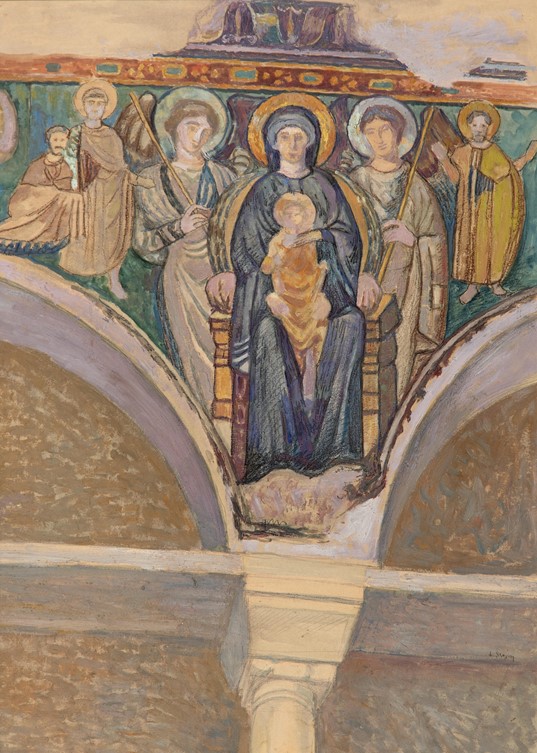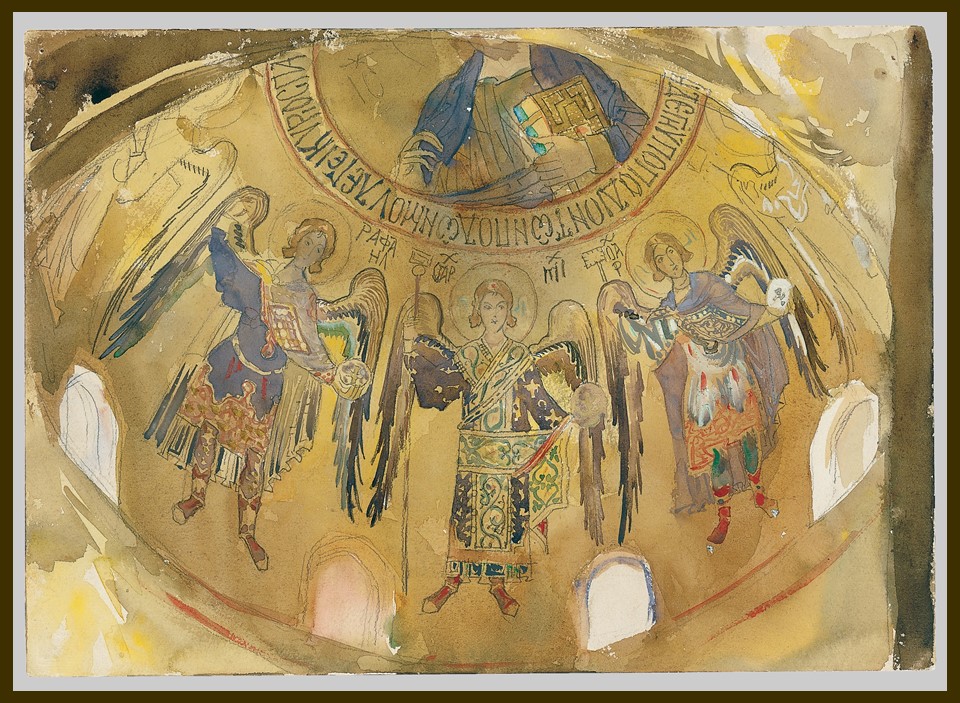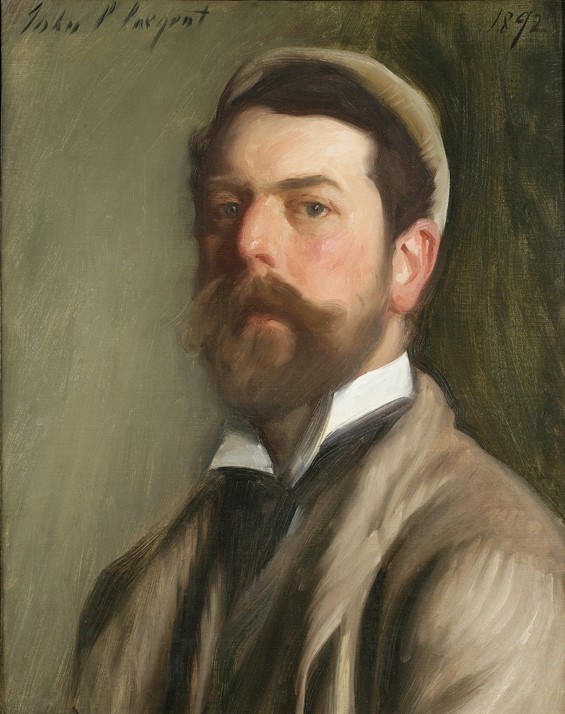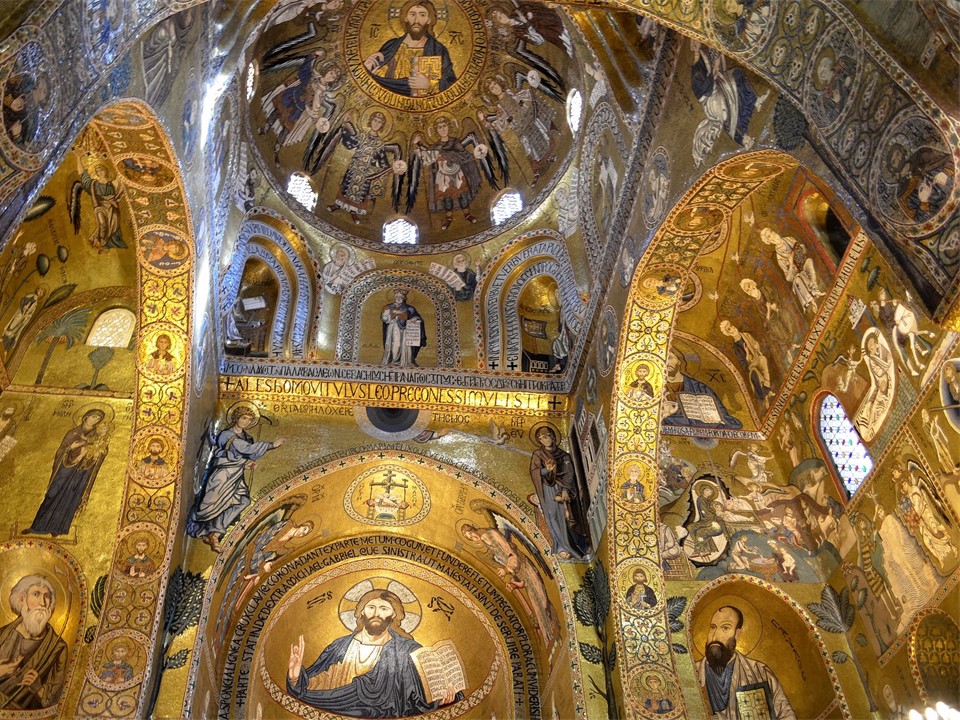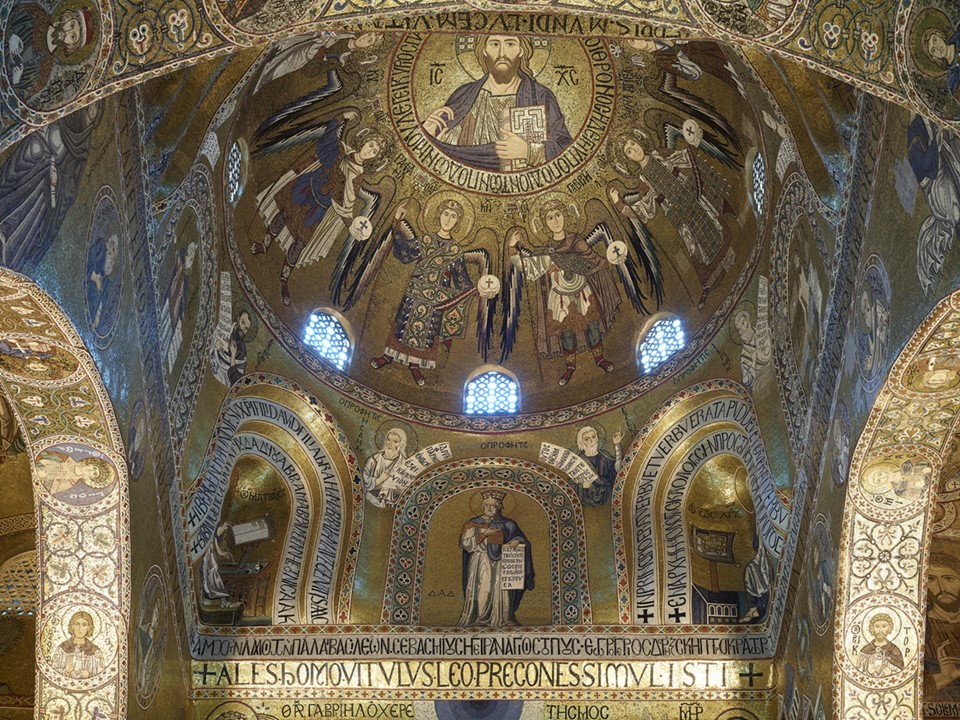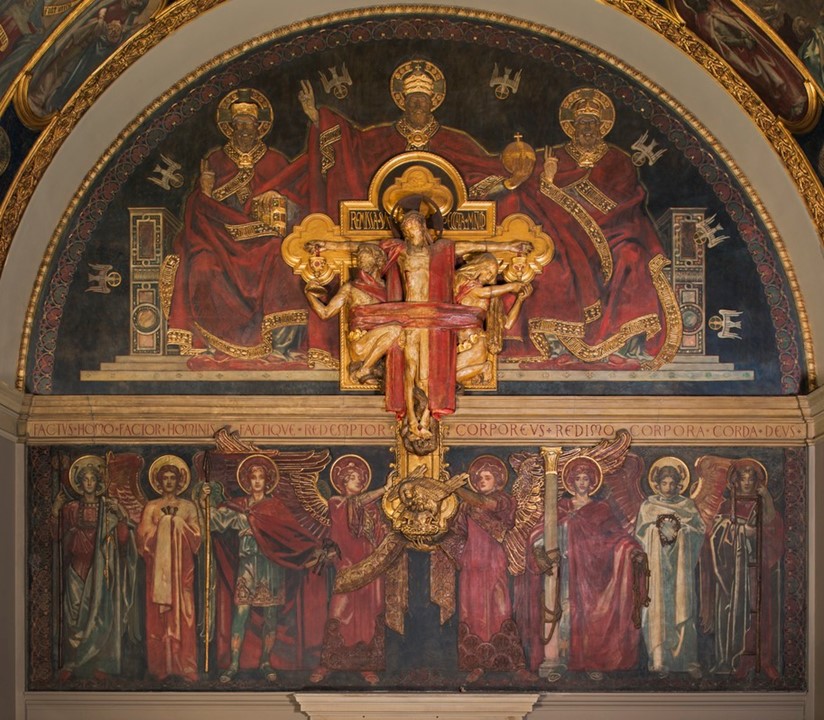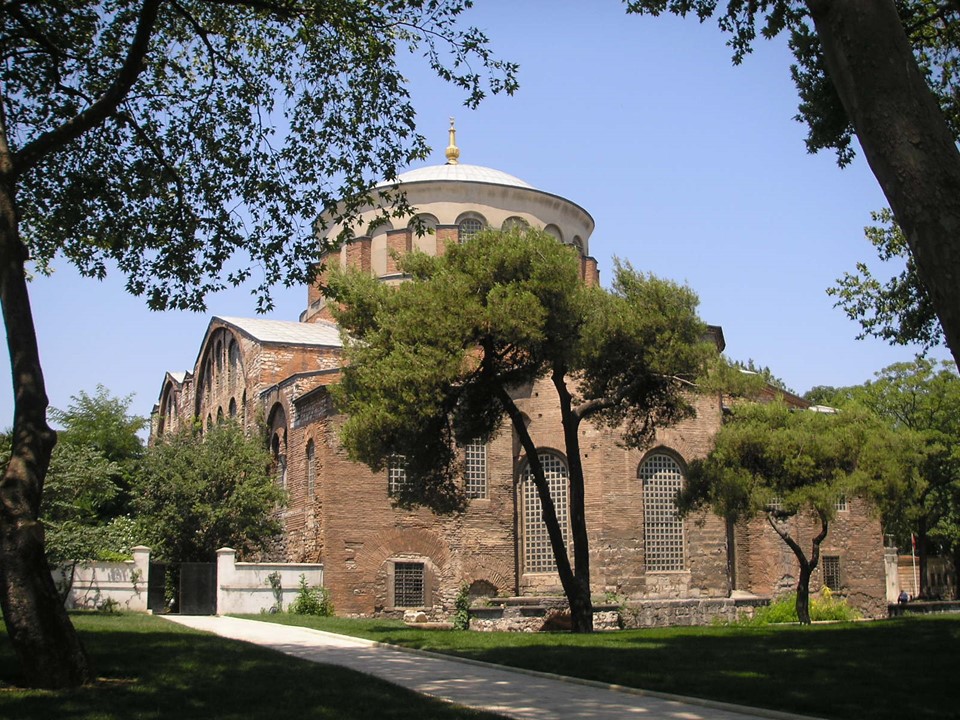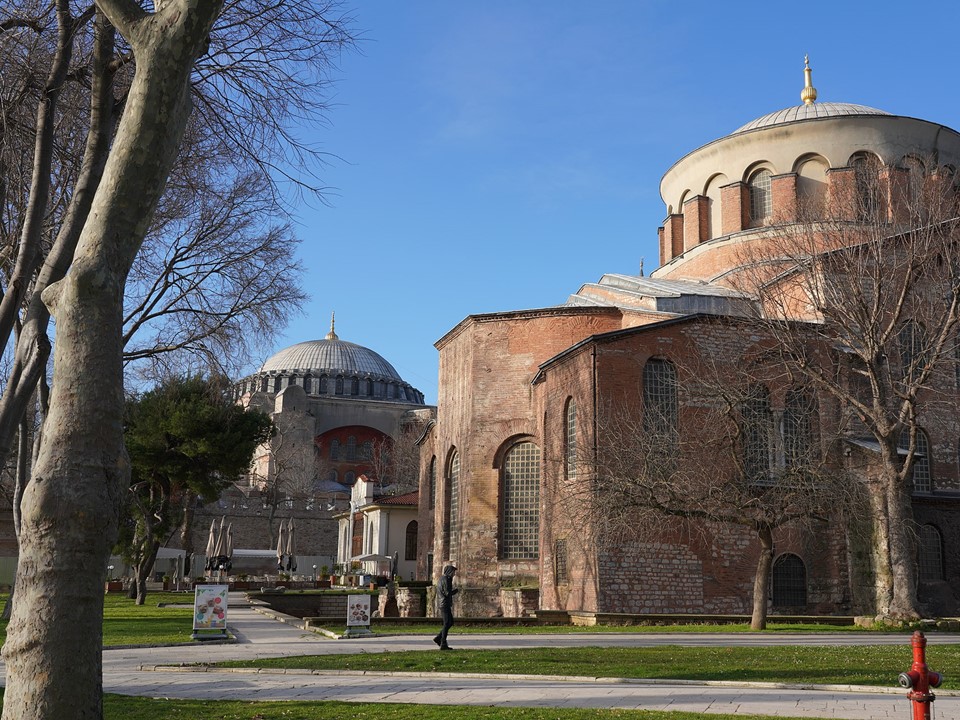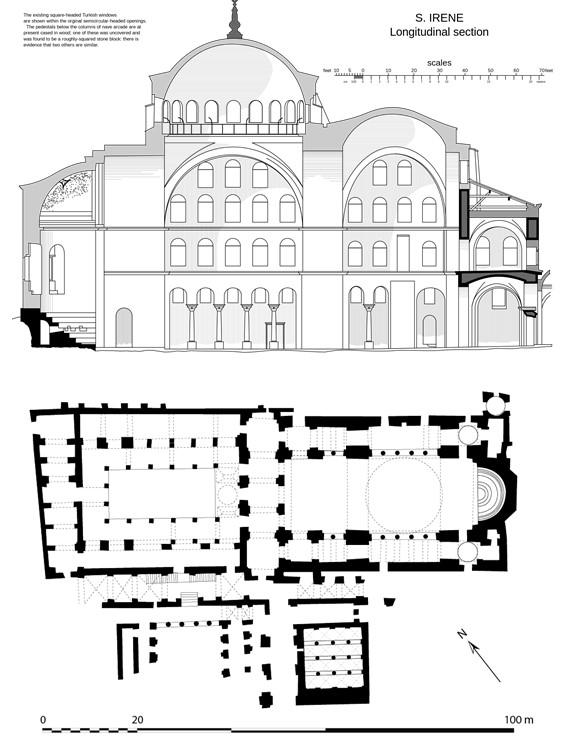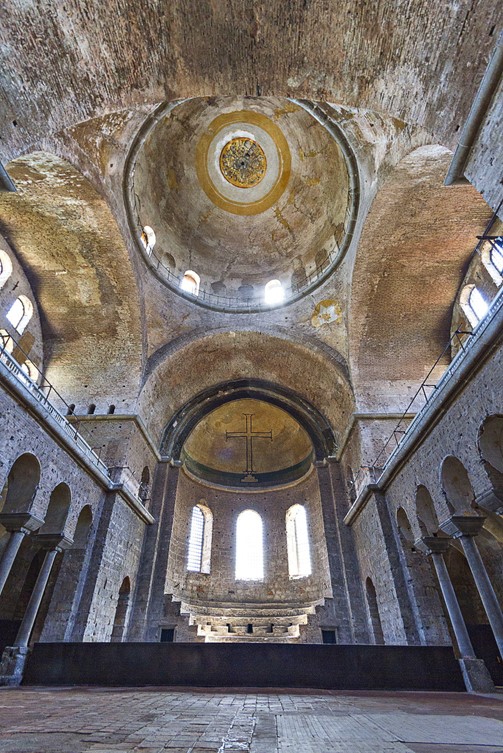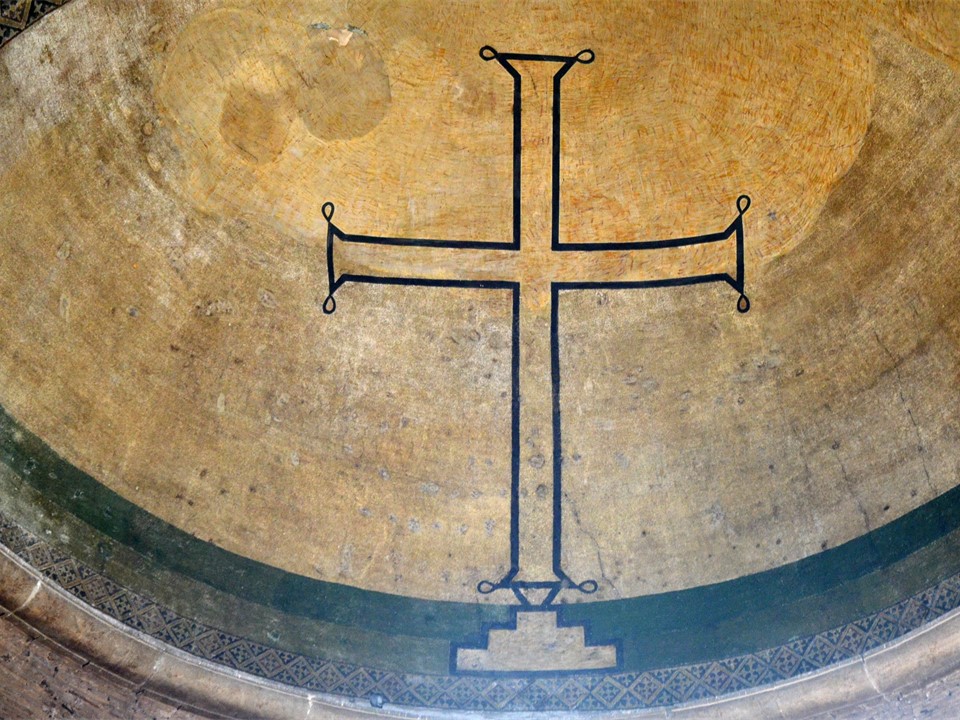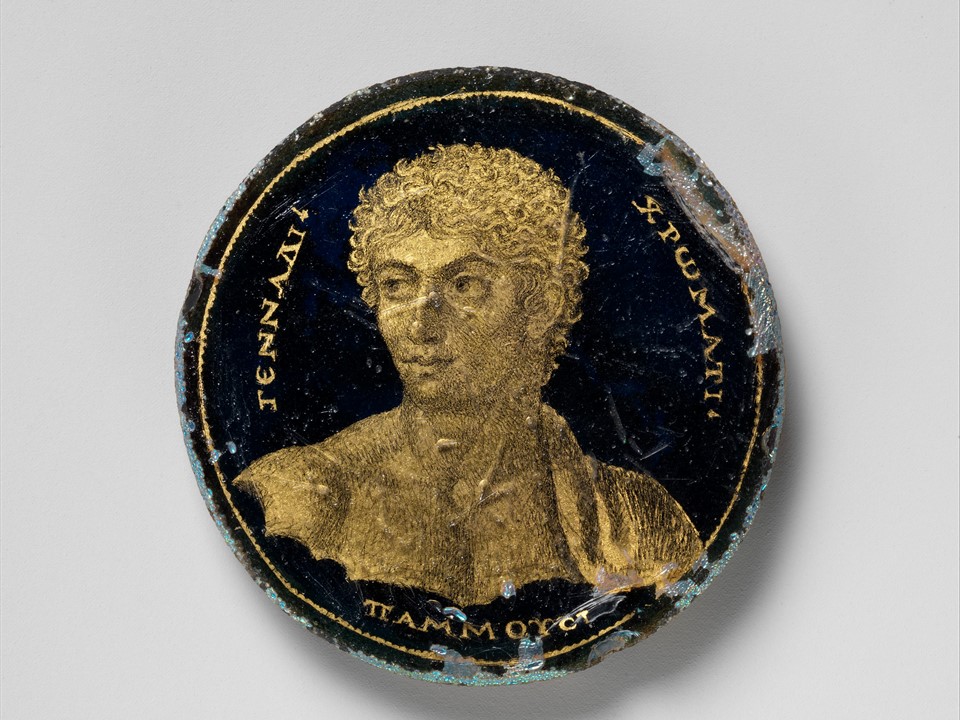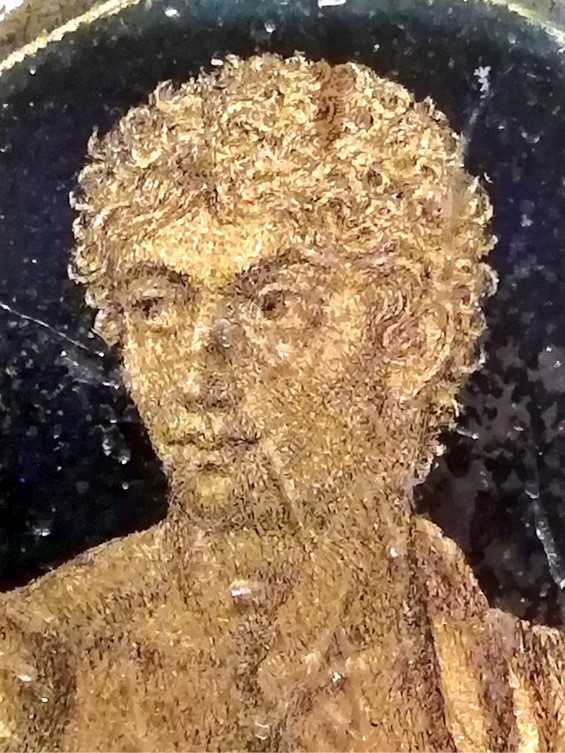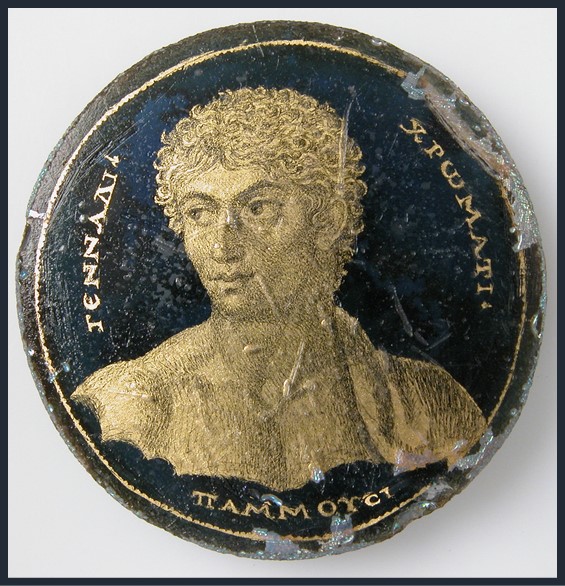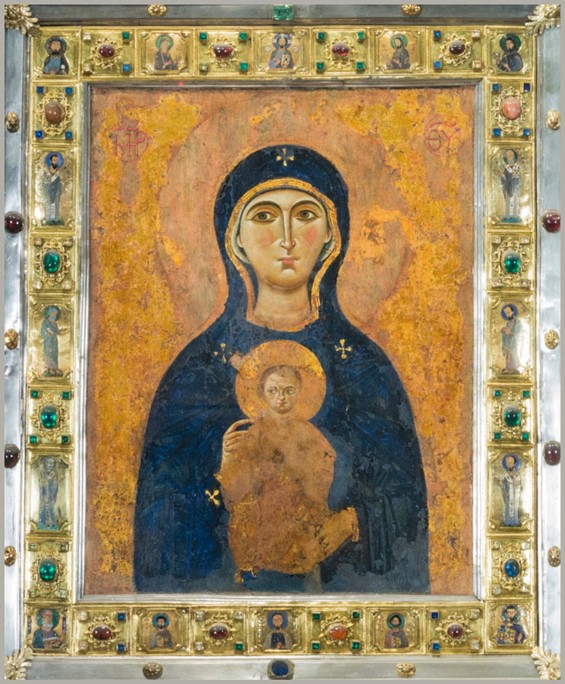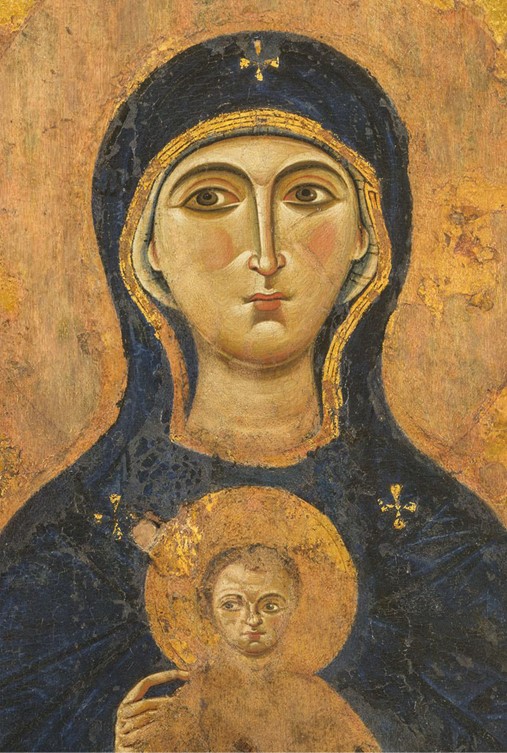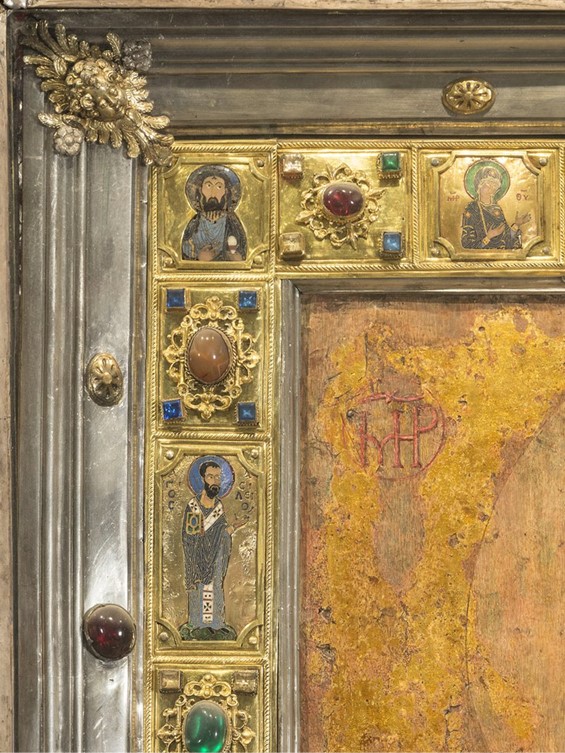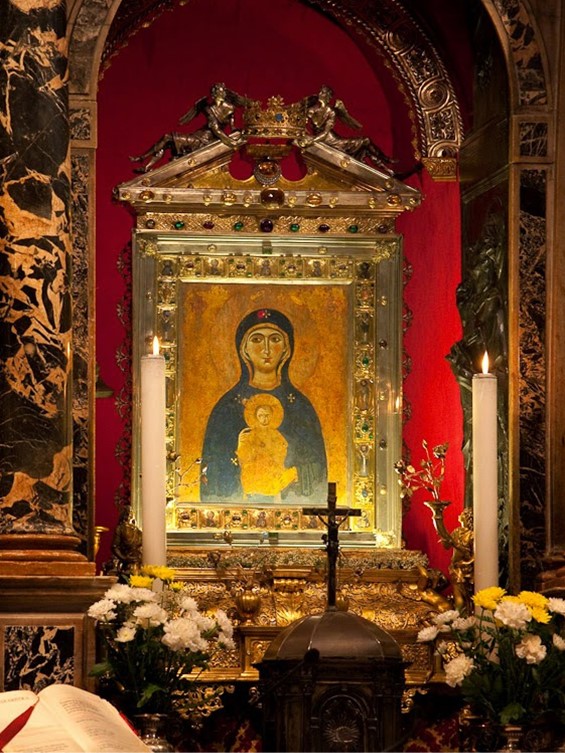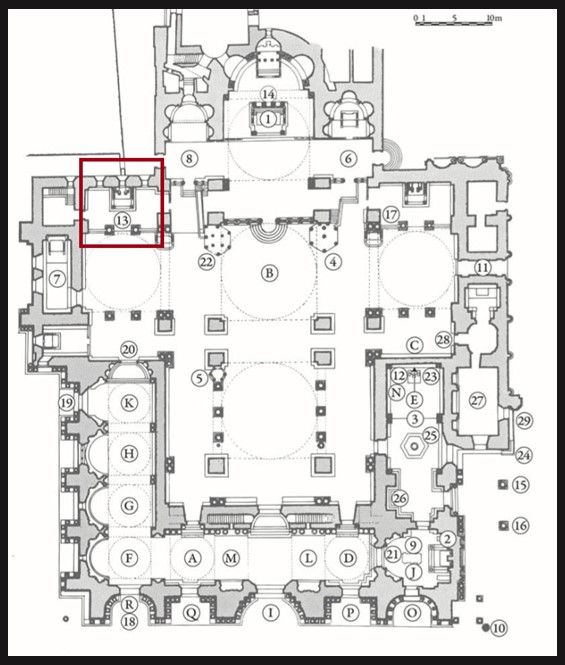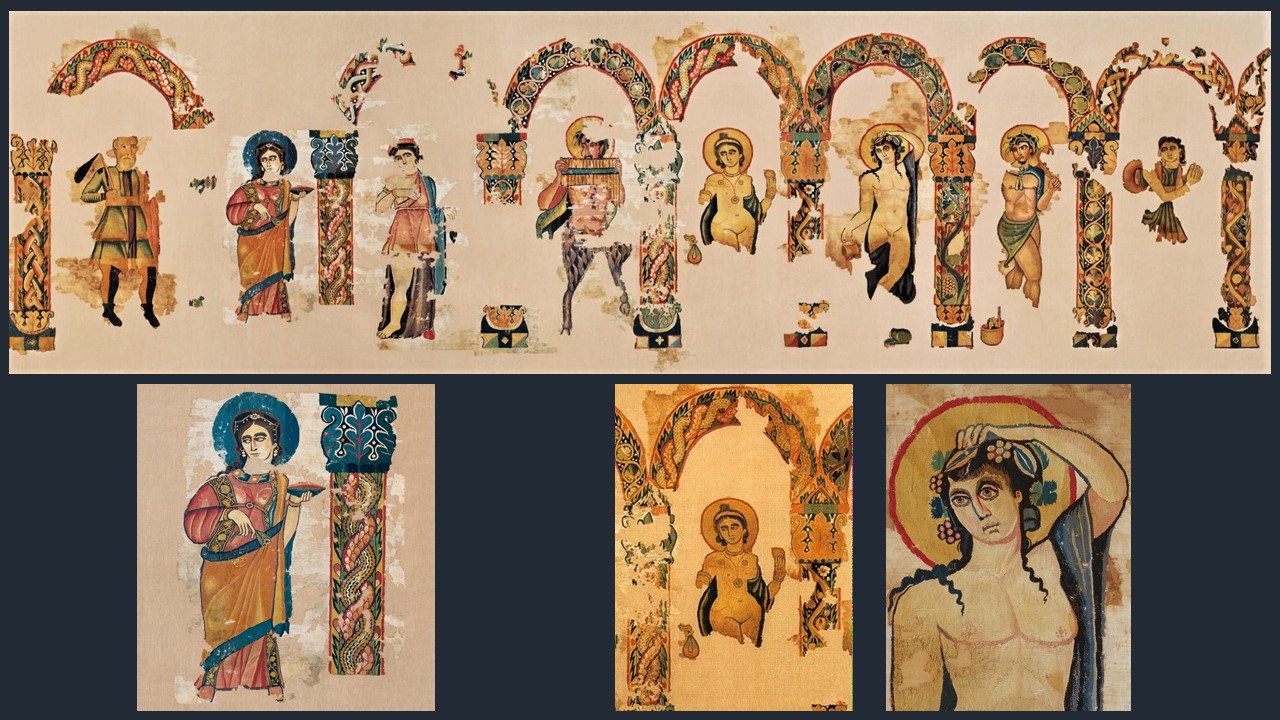
https://twitter.com/Pythika/status/1141411261286146048/photo/1
https://abegg-stiftung.ch/en/
https://twitter.com/caitlinrgreen/status/616963854870970368?lang=el
[1] I begin to sing of ivy-crowned Dionysus, the loud-crying god, splendid son of Zeus and glorious Semele. The rich-haired Nymphs received him in their bosoms from the lord his father and fostered and nurtured him carefully [5] in the dells of Nysa, where by the will of his father he grew up in a sweet-smelling cave, being reckoned among the immortals. But when the goddesses had brought him up, a god oft hymned, then began he to wander continually through the woody coombes, thickly wreathed with ivy and laurel. And the Nymphs followed in his train [10] with him for their leader; and the boundless forest was filled with their outcry. / And so hail to you, Dionysus, god of abundant clusters! Grant that we may come again rejoicing to this season, and from that season onwards for many a year. The Homeric Hymns 26 on Dionysus is, I believe, a wonderful introduction to The astonishing Tapestry of Dionysus at Abegg-Stiftung, my new BLOG POST… Translation by Hugh G. Evelyn-White. Homeric Hymns. Cambridge, MA, 1914, Harvard University Press, https://www.perseus.tufts.edu/hopper/text?doc=Perseus%3Atext%3A1999.01.0138%3Ahymn%3D26
Regretfully, I never visited the Abegg-Stiftung, this amazing “cultural” center where the collection, conservation and study of historical textiles take place. Abegg-Stiftung is based just outside the village of Riggisberg in the foothills of the Bernese Alps, which is where the museum of textiles and applied art, the research library and the Villa Abegg, the Abeggs’ former home that is now a museum, are situated. The studio for textile conservation and restoration is also a training centre for budding young conservators. The Abegg-Stiftung publishes books and papers in which it shares its research findings with fellow historians and conservators as well as a lay readership. Year after year, its annual exhibitions shed new light on a material that has served humanity for thousands of years, whether made up into objects of everyday use or in the form of exquisite works of art. What an amazing place to visit and learn! https://abegg-stiftung.ch/en/
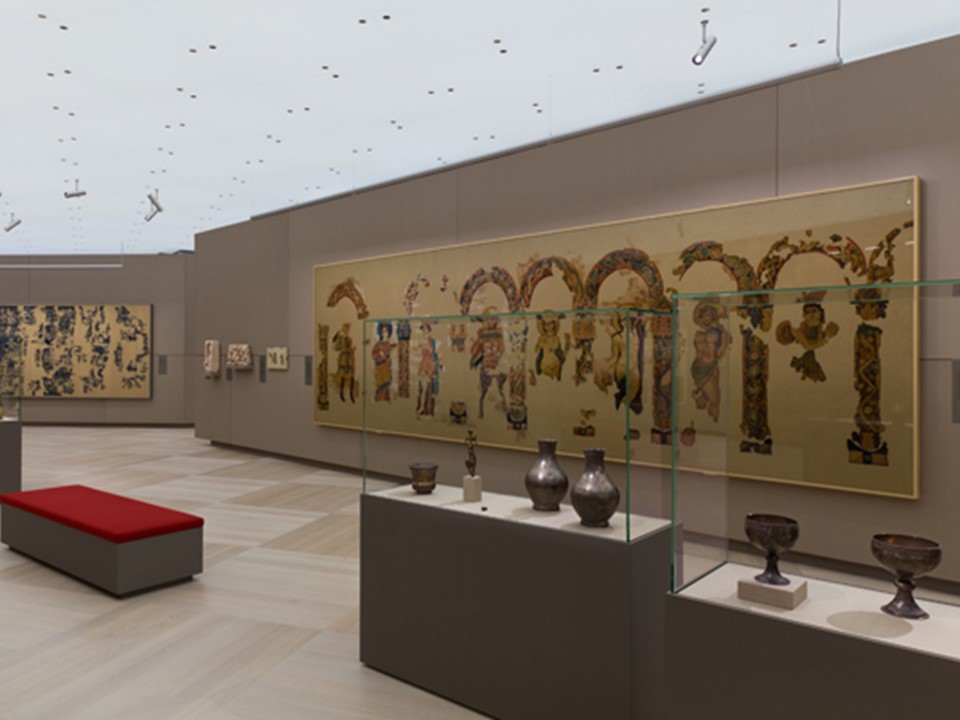
file:///C:/Users/aspil/Downloads/ulfl202121_tm_Anexo%20(4).pdf
Among their rich collection of textiles from Late Antiquity, the visitor is astounded by grand and small examples showing figures from Graeco-Roman mythology and scenes from the Old Testament. What really fascinates me is the “Dionysus Hanging,” a monumental tapestry originally that served as a wall hanging in a Roman private home or cult building. The tapestry’s programme shows Dionysus, the Greek god of wine and ecstasy, and his entourage standing underneath arcades lavishly decked out in climbing foliage and braided ornaments. The cult of Dionysos was widespread in Late Antiquity. It promised its adherents life after death and was an articulation of the desire for a life of happiness and superfluity. https://abegg-stiftung.ch/en/collection/late-antiquity/
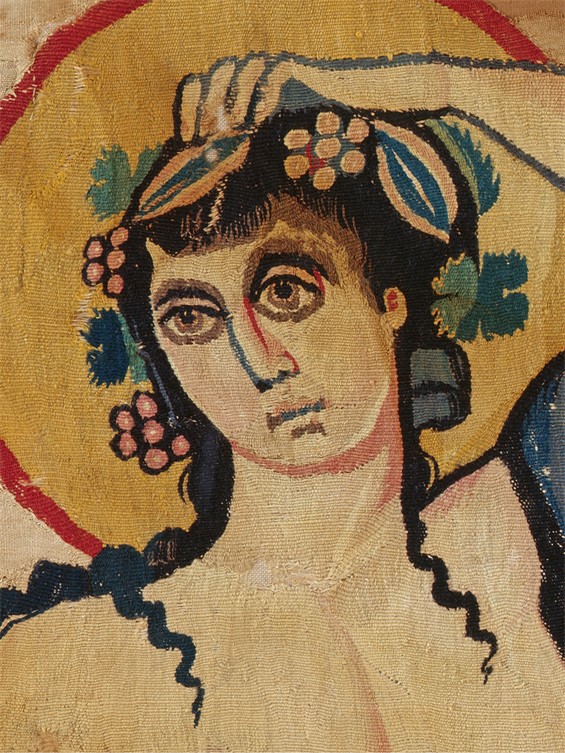
https://abegg-stiftung.ch/en/
An Abegg-Stiftung much-appreciated traditionis its dedication in publishing books and papers in which their experts share their research findings with fellow historians and conservators as well as a lay readership. Among the Museum’s rich List of Publications (for German readers) is a book titled Der Dionysosbehang der Abegg-Stiftung by Dietrich Willers und Bettina Niekamp, Riggisberger Berichte 20 | 272 S., 200 Abb., 32 Tafeln, 1 Falttafel, brosch., 23 x 31 cm, 2015, ISBN 978-3-905014-53-2 https://abegg-stiftung.ch/en/publication-category/riggisberger-berichte-en/
I was able to download Dietrich Willers’s Zur Begegnung von Heidentum und Christentum im spätantiken Ägypten – Der Dionysosbehang der AbeggStiftung (Schweiz) and read in Google translation… http://kgkw.de/Vortrags-Skripte/Willers/KGKW%20Willers.pdf
Preparing for this BLOG POST I reread pp. 35-38 of Textiles of Late Antiquity, a 1995 Metropolitan Museum of Art Publication, and Woven Interiors: Furnishing Early Medieval Egypt, an Exhibition Catalogue of 2020, organized by the George Washington University Museum, The Textile Museum, and Dumbarton Oaks Research Library and Collection. https://museum.gwu.edu/woven-interiors-furnishing-early-medieval-egypt
For a Student Activity on The astonishing Tapestry of Dionysus at Abegg-Stiftung, please… Check HERE!
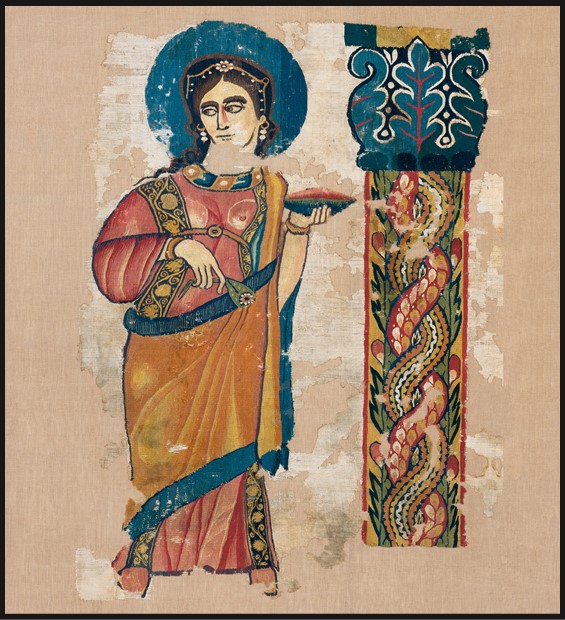
https://abegg-stiftung.ch/en/

